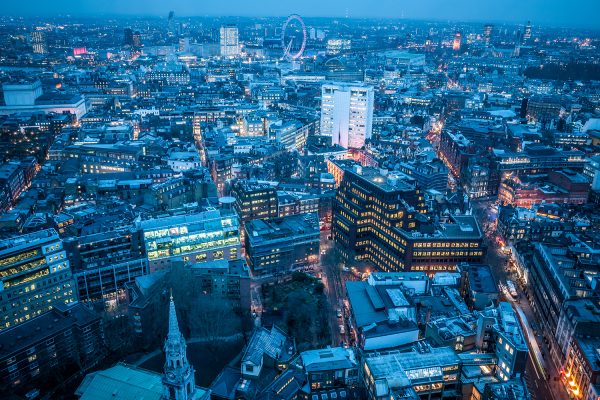
Last month, I argued here that the election of Donald Trump in America and the vote to leave the EU in Britain could be understood as rural revolts against “the city”. This is a subplot in the story of the cosmopolitan-communitarian culture war that is shaping up to be the defining political divide of our time.
I focused on the electoral politics of city versus countryside at the time and sort of skipped the question of why exactly there is so much discontent in the former.
Jonn Elledge answers that question in Britain’s New Statesman.
Put crudely, he argues the reason is that cities have won.
Under globalization, entire industries shipped overseas; and, with technological improvements, those that remain require far fewer workers. Towns that grew up to provide workers for a mine or a factory or the docks are now surplus to requirements. Their communities have, quite literally, lost their purpose.
Those trends have conspired with others, including the shift from manufacturing to services and a widening gap between college- and non-college-educated workers, to concentrate growth and opportunity in urban areas.
Cities have always been more liberal. But the influx of young, worldly university graduates — and the ease with which they move between cities — has sharpened the divide with the countryside.
Sorting
Elledge cautions against pitying all rural areas and small towns as having been “left behind” by the modern economy. That is true for some areas, but others are quite prosperous. What they have in common is that they’ve been left behind in a literal sense: “they are the ones who remain when others have gone.”
The result is a form of social sorting: groups of people with particular attitudes and life experiences congregate in particular areas, viewing the other as either decadent or backward.
This geographical divide is even more pronounced in the United States, where for decades Americans with progressive, center-left views have moved into “blue” states and conservatives have moved to “red” ones.
Shrinking the gap
The challenge now is shrinking the gap between city and country before it leads to a more serious split.
Elledge points out that George Osborne, Britain’s former chancellor, proposed to improve transportation links, so depressed northern mill towns would gain quicker access to the job market in cities like Manchester, Leeds and London.
More contact between city and countryside would help — not only in terms of equalizing economic opportunity, but also in order to reduce the differences in people’s cultural and social experiences.
But this is not a realistic proposition for depleted industry towns and poor rural areas in the United States. The distance to Austin, New York or San Francisco is simply too great. Short of government intervention to revitalize those parts of the country that have been left behind (which is unlikely for both financial and ideological reasons), people there have little choice but to move out.
